Kala Namak is a special type of Indian mineral salt, also known as Sulemani Namak, Black Salt, Himalayan Black Salt and Kala Loon. Contrary to its name, Himalayan Black Salt is not black at all but rather dark red with a grey glare.
Production of Kala Namak
Himalayan Black Salt is obtained from the mineral halite. It is extracted from mines in India, Bangladesh, Nepal and Pakistan, as well as from the Indian salt lakes Sambhar and Didwana. To get kala namak, first the raw salts need to be baked in a furnace for an entire 24 hours.
The process requires that they bake in ceramic jars with activated carbon, with a few seeds of amla, baheda and bark of acacia added. Later, the baked salt is left to cool and mature, only then is it put on the market. Usually, the salt crystals darken but when they are ground to fine powder, it turns pink.
Even though Himalayan Black Salt can be obtained from natural salts with the aforementioned impurities, more and more it's being made artificially. The artificial method for obtaining kala namak includes combining sodium chloride with small quantities of sodium sulfate, sodium bisulfite and iron sulfide, which is later reduced with carbon in the furnace.
It's also been proven that a similar product can be obtained by reductive thermal treatment of sodium chloride, 5-10% sodium carbonate, sodium sulfate and a little sugar. Naturally obtained and artificially obtained kala namak do not differ much in appearance. However, natural Himalayan Black Salt contains vitamins and iron and definitely possesses a higher nutritional value than its double.
Composition of Kala Namak
The composition of kala namak includes sodium chloride, sulphates, sulphides, preservatives and magnesium. The chloride components of kala namak are "responsible" for its salty taste. The pink color of Himalayan Black Salt is due to the stabilizing sulphides, while its characteristic and specific smell is owed to the hydrogen sulfide in its composition.
Benefits of Kala Namak
Kala Namak has no lack of health benefits. Experts claim that natural Himalayan Black Salt has a lower sodium content than table salt. According to them, kala namak is even suitable for people on salt-free diets and those suffering from hypertension.
Himalayan Black Salt is seeing ever wider use in spa treatments with warm water. The sulfur and salt found in the water alleviate pain in the joints, bones and muscles, plus they disinfect.
That is why people around the world use a water solution of Himalayan Black Salt in order to treat infections and local inflammations. This same type of salt water can be used for inhalations for treatment and cleansing of the respiratory airways. Further, kala namak can be used to produce a homemade medicinal toothpaste.
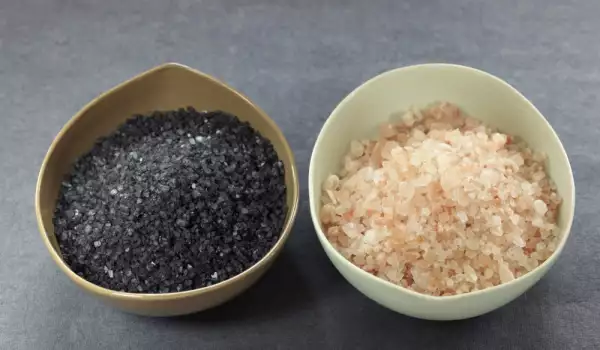
Kala Namak in Ayurveda
Ayurvedic medicine recommends Himalayan Black Salt for a number of diseases. But it especially helps regulate the electrolytes of the gastrointestinal tract. Thanks to the laxative effect of Kala Namak, it is excellent against constipation.
It’s also recommended for gas, bloated stomach, acids, goiters, hysteria and more. Since natural kala namak contains many different minerals, it has excellent effects for people suffering from anemia. According to Ayurvedic healers, Himalayan Black Salt has rejuvenating, soothing and cooling effects on our body, it improves digestion and vision.
Kala Namak in Cuisine
Himalayan Black Salt is used primarily in culinary recipes traditional for India, Bangladesh and Pakistan. People who regularly use kala namak claim that the salt is matched by no other. So if you’re planning on preparing a dish whose recipe calls for using kala namak, don’t be fooled that sea salt or plain old table salt would do a good job of substituting it.
Kala namak provides the characteristic taste to the Indian snack called chaat. It's also used to season Indian chutneys, pickles, as well as main courses and more. You can sprinkle a fresh piece of apple or banana with kala namak to best experience its taste.
However, the taste of Himalayan Black Salt is not liked by everyone since it is so specific and reminds one’s taste buds of eggs (or more accurately rotten eggs). But it’s also for this reason that it’s used by vegans and vegetarians who have stopped eating eggs. In vegan cuisine, Himalayan Black Salt is used to season salads with tofu, to imitate egg salads.
One of the favorite Indian spices chaat masala consists primarily of Himalayan Black Salt. Besides it, chaat masala contains cumin, grated mango, coriander, dried ginger, black pepper, asafetida and dried chili. Chaat masala is used to season salads, dishes and even drinks.

Tarator with Kala Namak
Ingredients: 17.5 oz cucumbers, 1 cup yoghurt, 1 tsp cumin, 1 pinch kala namak, 2 pinches asafoetida, salt to taste, 1 cup water.
Preparation: Clean the cucumbers and cut them finely. Beat the yoghurt, add the water and stir. Add the cucumbers also. Then bake the cumin in a dry pan until it begins giving off a strong aroma. Once the spice cools, grind it and add it to the tarator along with the kala namak and asafoetida. Finally, salt and stir.
Dangers of Kala Namak
Even though Himalayan Black Salt helps for a number of health problems, it shouldn’t be consumed in large quantities. Excessive use of kala namak can cause a severe upset stomach. Persons with hypotension (abnormally low blood pressure) also need to be careful when cooking with kala namak because it can further lower blood pressure levels.
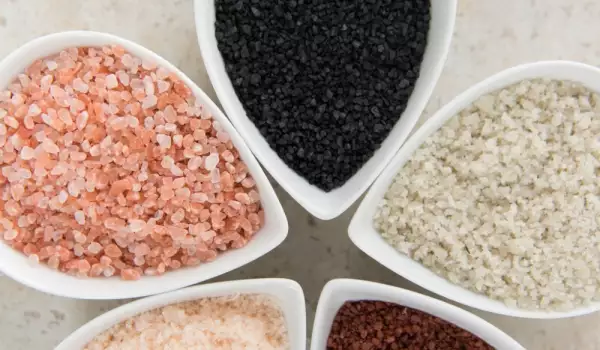



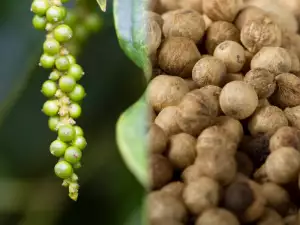
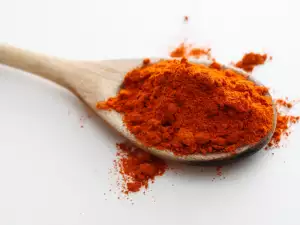

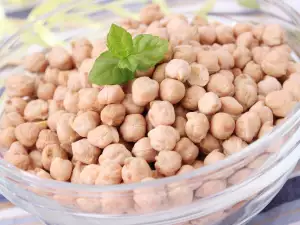

Comments